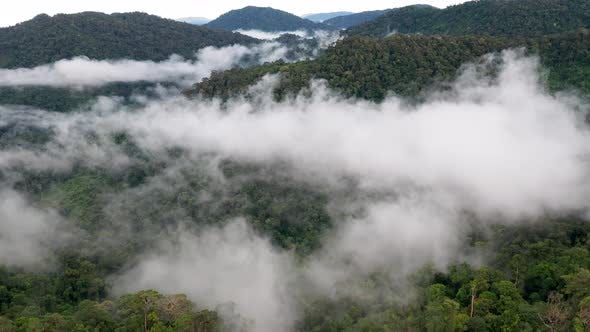There are many ways to be a scientist: some are collectors who collect facts as if they were stamps. Others are theorists, who spend their lives building castles in the air that never touch the real world. There are those who spend their lives criticizing, and many who see science as a competition to prove they are better than others.
Lovelock was in another category: he never wrote an equation, he never worried about cheap brawls between scientists, and never even an employee of a university or a research institute. He was a creative, one who was not afraid to build measurement tools using his hands, a characteristic of creatives who often combine manual and mental skills. Lovelock was part of the tradition of the great creative scientists of the past, walking on the same path that Charles Darwin had started tracing with his theory of evolution by natural selection. (like Lovelock, Darwin, never wrote an equation!)
For a scientist, being creative is risky. The creative seeks the perfect blend of data and intuition and does not always succeed. An intuition without data is nonsense, while data without intuition is nothing more than a telephone directory. But Lovelock managed to get the right blend with Gaia.
Like all creatives, from Newton onwards, Lovelock hoisted himself on the shoulders of giants, taking from them what he needed for his synthesis. Lynn Margulis and William Golding are equally responsible for the idea of “Gaia,” in the sense of the terrestrial ecosystem. But it was Lovelock who acted as the spearhead, launching the idea as early as 1972, after studying the data coming from the first probes that had landed on Mars. His basic intuition, that oxygen is the “signature” of the existence of biological life, was right. Then, he expanded this idea to explain how the whole planetary ecosystem self-regulates by a series of feedback mechanisms.
As always happens, also in science original and innovative ideas tend to be attacked with a vehemence that goes beyond the need for proper verification. Lovelock's idea had an undertone of mysticism, of "New Age," of hippies smoking weed, that kind of thing. And, above all, it went directly against the dominant paradigm of the time, that of “neodarwinism” which couldn’t conceive how the creature called “Gaia” could emerge without being in competition with others for the same resources.
You can imagine the controversy that came up. And, even today, officially we must use the term "Gaia hypothesis" to avoid the risk of being mistreated by the defenders of the orthodoxy. And yet, perhaps unexpectedly, Lovelock's idea “Gaia " was never completely discredited, despite the crossfire of critics.
Of course, Lovelock was not always right, and his ideas had to be refined, tuned, and sometimes radically changed. He had to back down from some interpretations that turned out to be too radical: for instance, he argued that an ice age is a perfect condition for Gaia to exist to maximize the ecosystem’s “metabolic rate.” It seems clear, nowadays, that it is not the case. Then, one of the regulation mechanisms he had initially proposed, the “CLAW hypothesis,” based on the role of phytoplankton in generating cloud condensation mechanisms, turned out to be probably wrong or, at least, not relevant. And sometimes his interpretations of Gaia as endowed with a certain volition of hers went a little too far on the side of mysticism.
But these mistakes are not crucial. The point is that the idea of Gaia is fundamental to understanding how it's possible that such a fragile thing as biological life has existed on Earth for at least three billion years. It was not by accident, but by the self-regulating capabilities of the system that allowed it to survive the various catastrophes that hit Earth during this long period. Then, you may call this capability with a different name. It doesn’t matter: "Gaia" remains a fundamental idea for today's science, still a source of new ideas, new insights, and new discoveries.
And I think the idea of Gaia also goes beyond the dry terms that science uses to describe phenomena such as “complex adaptive systems” or “self-regulating feedback systems.” I think that we can say that “something” exists, out there, that’s beyond our capabilities of understanding. If we want to call that “something” Gaia, it is perfectly legitimate. And if we wish to see “her” as a Goddess, it is legitimate, too. Who said that science must always be right? So, we can thank Gaia for having been so kind to James Lovelock, and giving him a long and productive life. May he rest in peace in the arms of the Goddess he created, and who created him.

.jpg)










